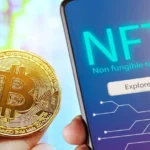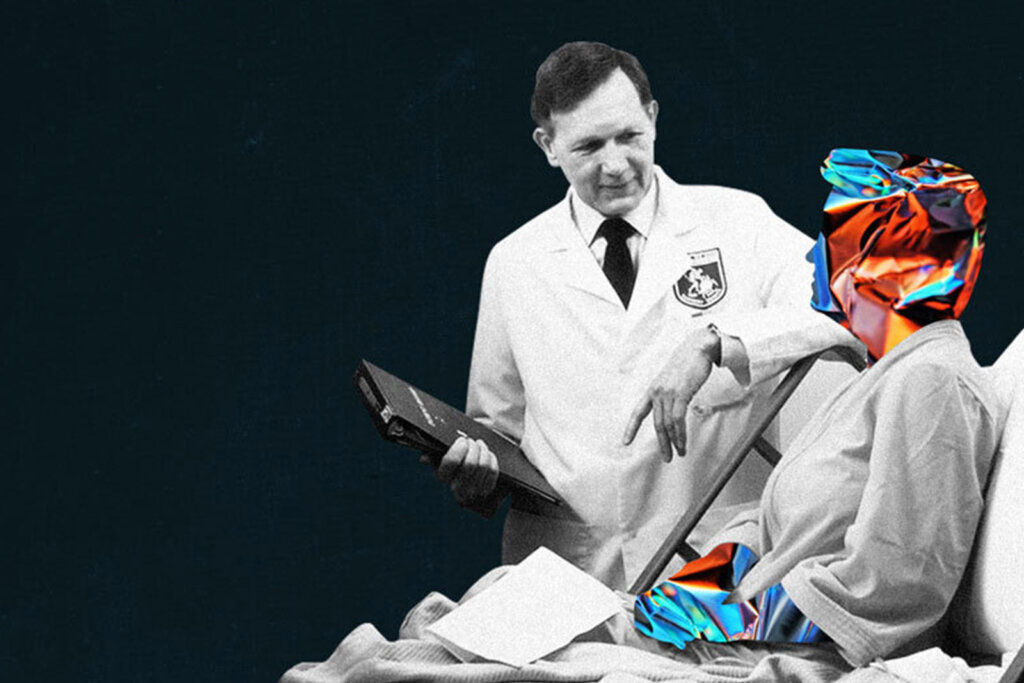According to Brandessence Market Research, the valuation of Blockchain Technology in Healthcare Market will grow to USD 513.1 Million to 2028, growing from USD 248.7 Million in 2021. The market is set to register robust growth with a promising CAGR of 50.6% during 2022-2028 period.
Increasing demand for easy-to-use and inexpensive data management tools is the key factor driving the growth of Global Blockchain Technology in the Healthcare Market. “Blockchain Technology In Healthcare Market Size, Share, And Trends Analysis Report By Type (Public, Private) By Application (Supply Chain Management, Clinical Data Exchange And Interoperability, Claims Adjudication And Billing Management, Other Applications) By End-User (Pharmaceutical Companies, Healthcare Payers, Healthcare Providers, Other End Users) Based On Region, And Segment Forecasts to 2022 – 2028″
Get Sample Copy of This Premium Report@ https://brandessenceresearch.com/requestSample/PostId/569
Scope of Global Blockchain Technology in Healthcare Market Report:
Blockchain technology is one of the most important and disruptive technologies in the world. There is an increase of blockchain technology in various industries to innovate the way they function. One of the industries that are looking to adopt the blockchain in the healthcare industry. A blockchain can be simply defined as a time-stamped series of an immutable records of data that is managed by a cluster of computers not owned by any single entity. Each of these blocks of data is secured and bound to each other using cryptographic principles. Blockchain technology has the potential to transform health care, placing the patient at the center of the health care ecosystem and increasing the security, privacy, and interoperability of health data. It can provide a new model for health information exchanges (HIE) by making electronic medical records more efficient, secure, and disintermediated.
Key market players, of Blockchain Technology in the Healthcare Market are like,
- IBM
- Microsoft
- Guardtime
- Pokitdok
- Gem
- Patientory
- Hashed Health
- Chronicled
- Isolve
- Factom
- Blockpharma
- Medicalchain
- Simplyvital Health
- Farmatrust
Increasing Threat of Counterfeit Drugs is One of the Major Factors Driving the Market Growth
Increasing incidences of information leaks, to reduce drug counterfeit and strategic initiatives taken by the key players are the major factors driving the growth of this market. Counterfeit medicines are on the ascent, murdering an expected 1 million individuals per year. For example; The World Health Organization (WHO) gauges that around 10% of prescriptions over the world are fake and that this rate is as high as 30% in certain zones of Asia, Latin America, and Africa. Thus, the OECD has reasoned that the fake pharmaceutical industry is worth someplace in the district of $200bn every year – for correlation, the illicit medication exchange is worth around $246bn.
Due to how rewarding the fake prescription business currently is, it has seen emotional development as of late, making Interpol report a nine-fold increment in the volume of phony medications provided between 2011–14. Blockchain innovation, infamous for its applications in verifying tremendous swathes of information that is difficult to control, can possibly handle this developing illegal industry by following the development of medications. In addition, the growing need for an efficient health data management system and the increasing prevalence of diseases are expected to create a huge amount of data and supplement the market growth. However, the Lack of a central entity & common set of standards may hamper the market growth. Moreover, leveraging blockchain technology in healthcare records will ensure that the data cannot be altered to ensure data integrity.
Blockchain in Technology Healthcare Market Segmentation:
By Type:
- Public
- Private
By Application:
- Supply Chain Management
- Clinical Data Exchange and Interoperability
- Claims Adjudication and Billing Management
- Other Applications
By End-User:
- Pharmaceutical Companies
- Healthcare Payers
- Healthcare Providers
- Other End Users










